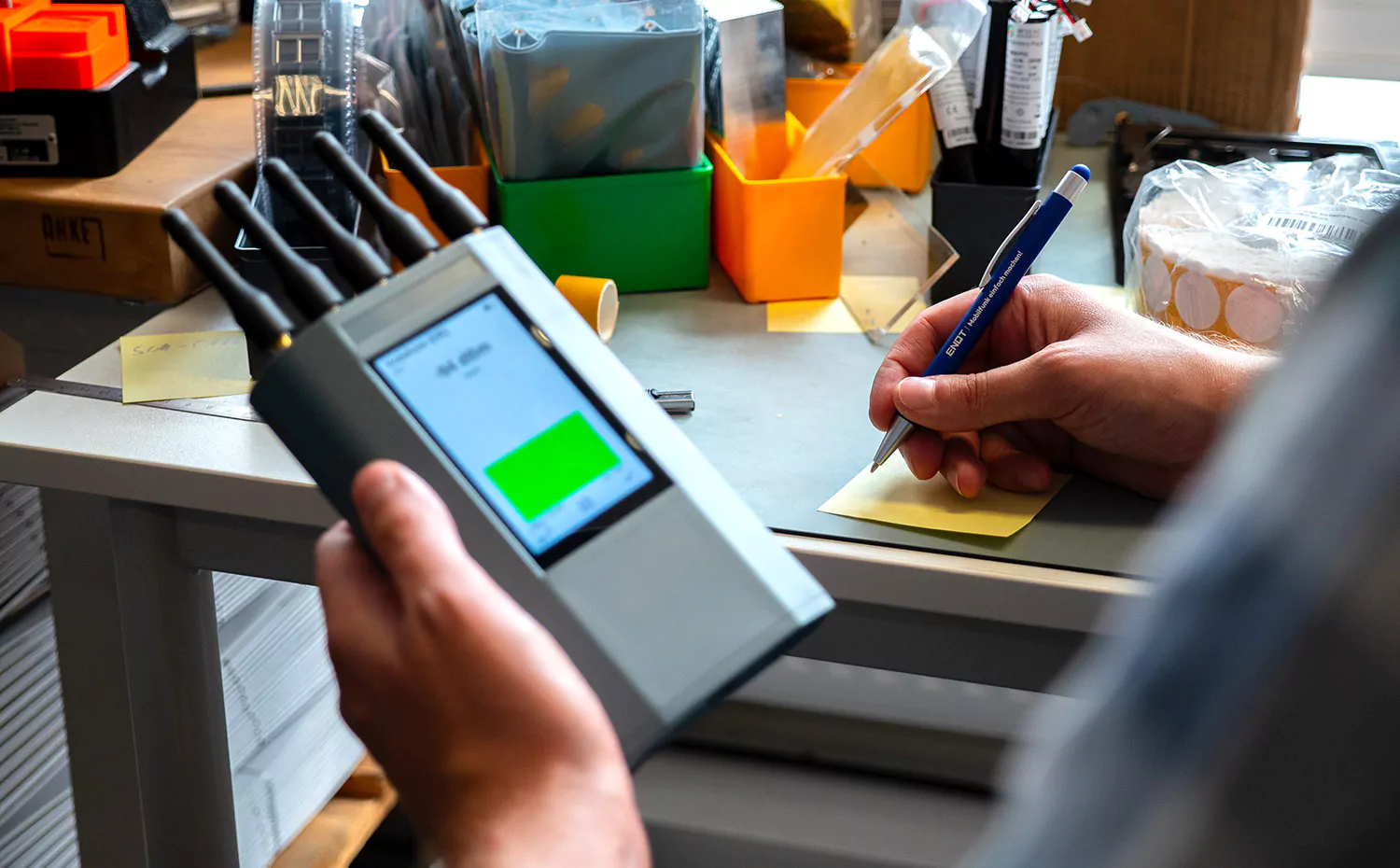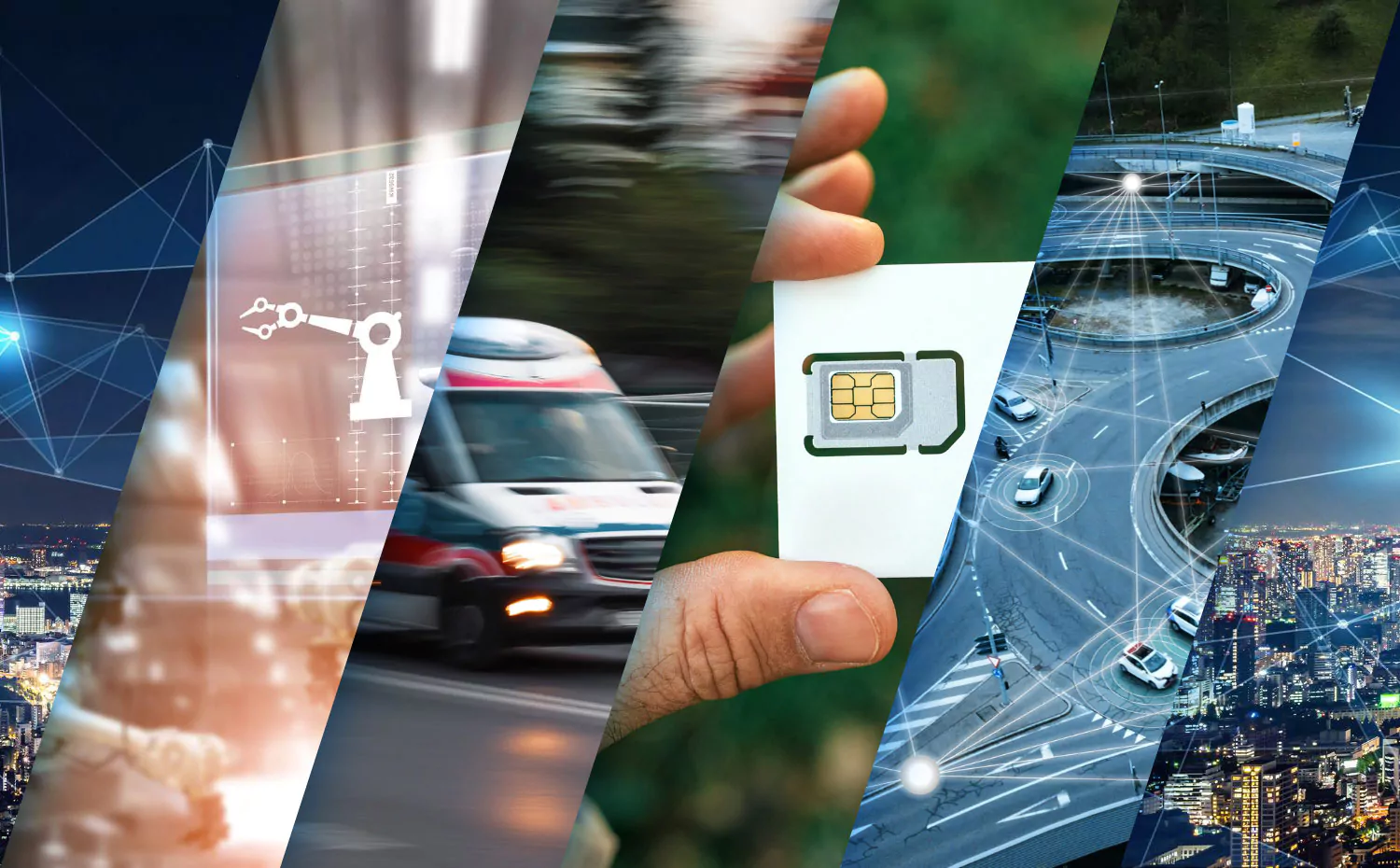As the article makes clear, several layers have to be considered here:
– The radio link between the base station and the terminal
– The connection of the base station to the provider network
– The connection between APN and private cloud
– The response time of the corresponding control systems
The first point is very interesting for plants in the energy industry. Currently, there is constant talk of a 5G rollout on the highways, and in some cases rail lines and federal highways are also included. However, the expansion will take a relatively long time in the area and in some cases will not take place. The current business models of the mobile network providers are geared to mass, not to area. Conversely, many energy plants will be connected via 5G only at a late stage and with poor reception, which means that the latency on the radio link will also increase considerably.
The fourth point, the response time of the control systems, is likely to have a major impact on many processes. Current solutions are often not designed for “true real-time” and control correspondingly slowly. If one wants to use the full advantages of the new communication technologies, some adjustments will be necessary here.
Current measurements with our TMate Field measuring device show the following end-to-end signal propagation times:
– GSM: 180 to 320ms
– UMTS: 100 to 210ms
– LTE: 90 to 170ms
This means that we are already in a range with which it would be possible to control several times per second. For many applications, this is completely sufficient; we should now begin to align the corresponding processes and applications with the existing possibilities. This allows us to learn an enormous amount and to prepare ourselves optimally for new technologies such as 5G.



